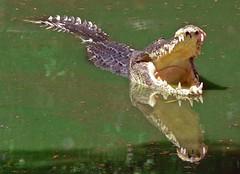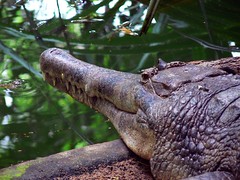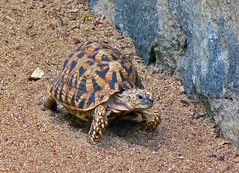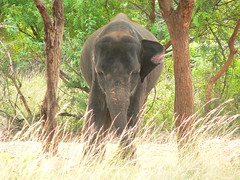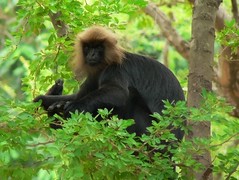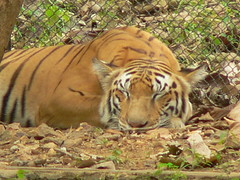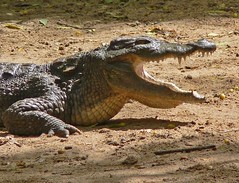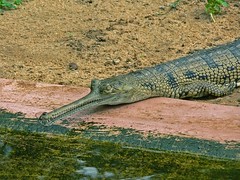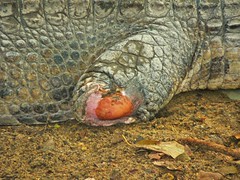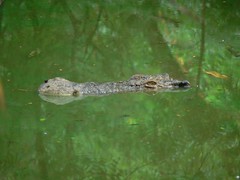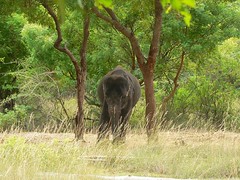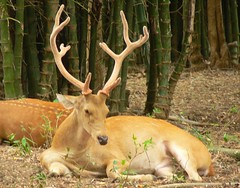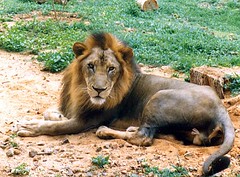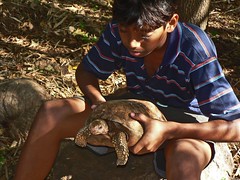
Family dispute
Originally uploaded by Pandiyan.
There is big debate among the experts on whether this tortoise should be considered as a separate species (Indotestudo travancorica) or as part of the Forsten Tortoise (Indotestudo forstenii)
The opinion is divided and what is the big deal you might ask. If you combine them, beacuse of the spread and numbers they may get reclassified and possibly lose the status of endangered and become merely threatened and hence some protection. Of course, visually both these types have a lot differences but I am no expert to take sides.
Any way, the common name is Travancore Tortoise and it is usually found in the southern India. Travancore in a place in Kerala. He is largely a herbivore but is not averse to some tasty slugs and worms. Does not like the sunlight so much. This fellow ran away as soon as Arun put him down to the corner where it was darkest.
Chinese have a lot fascination for tortoises and chinese myths, chinese beliefs (e.g. feng shui) involve tortoises.
